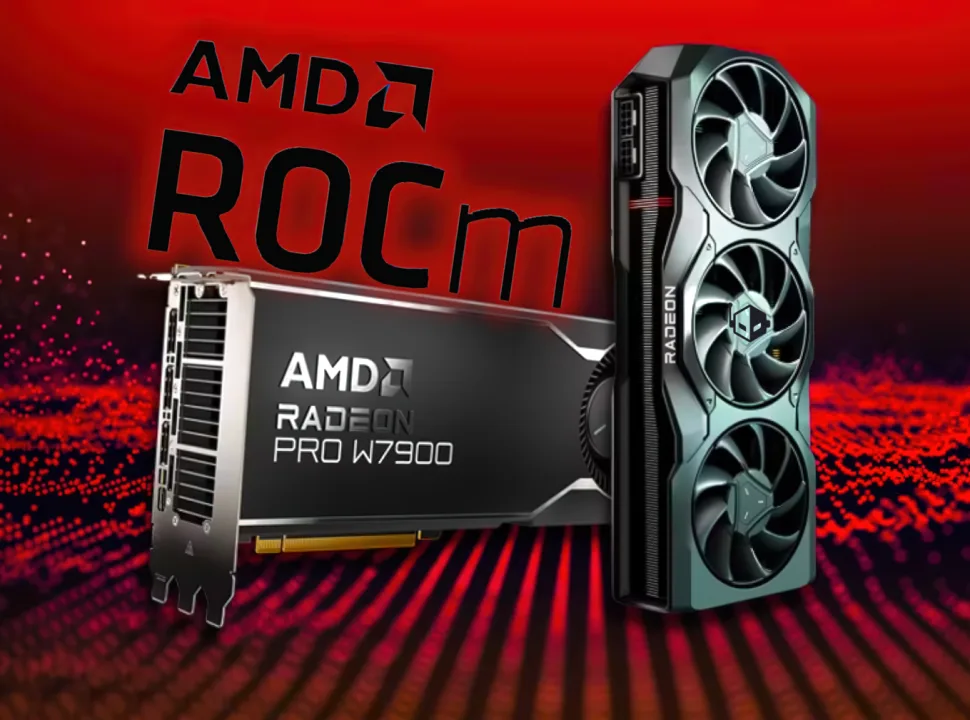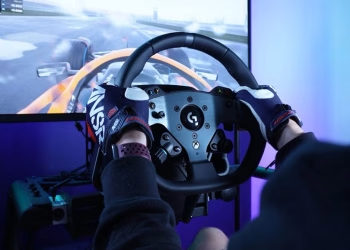The latest NVMe standard adopted in the storage technology market offers some impressive bandwidth advancements with great IO speeds. We get faster loading games and sequential read/write speeds which are substantially improved over SATA SSDs during the transfer of files.
However, it’s also an undeniable fact that the technology is yet to be fully tapped into its potential. There are yet many things it can do and, the technology companies are yet to make full use of it. The software support for the storage technology is lagging behind many years.
But, Microsoft is here to provide the solution. As we have seen the software giant making use of the NVMe implementation on the new Xbox Series X consoles that benefit from the DirectStorage technology, showing the tremendous benefit which the storage technology can achieve. On the next-gen consoles from Microsoft, we can see the games loading at an x40 improvement over old HDDs. However, when we compare this growth to Pcs we get abysmal results, and can only see 1.5 – 3x improvements.
But with the introduction of Windows 11, Microsoft is bringing the DirectStorage API to PCs as well. Many assumed that this will be a Windows 11 exclusive feature to force users to jump on the new OS. However, recently Microsoft clarified that the DirectStorage is also coming to Windows 10. but, it’s also true that the implementation of DirectStorage API on Windows 10 will not be as fast as Windows 11.
The Windows 10 compatibility is ensured through the DirectX 12 Agility SDK will be working in tandem with the DirectStorage SDK. It also made clear that the Windows 10 version 1909 and up will receive DirectStorage support, however, the overall speed will be affected by the legacy OS storage stack.
Until the official and stable release of Windows 11 with DirectStorage API support, it is advised to the game developers to add DirectStorage support to existing PC-specific game engines through the DirectX 12 Ultimate SDK. This will facilitate the smooth transition to instantaneous game load times as well as it will reduce the texture pop-in effect for GPUs.








